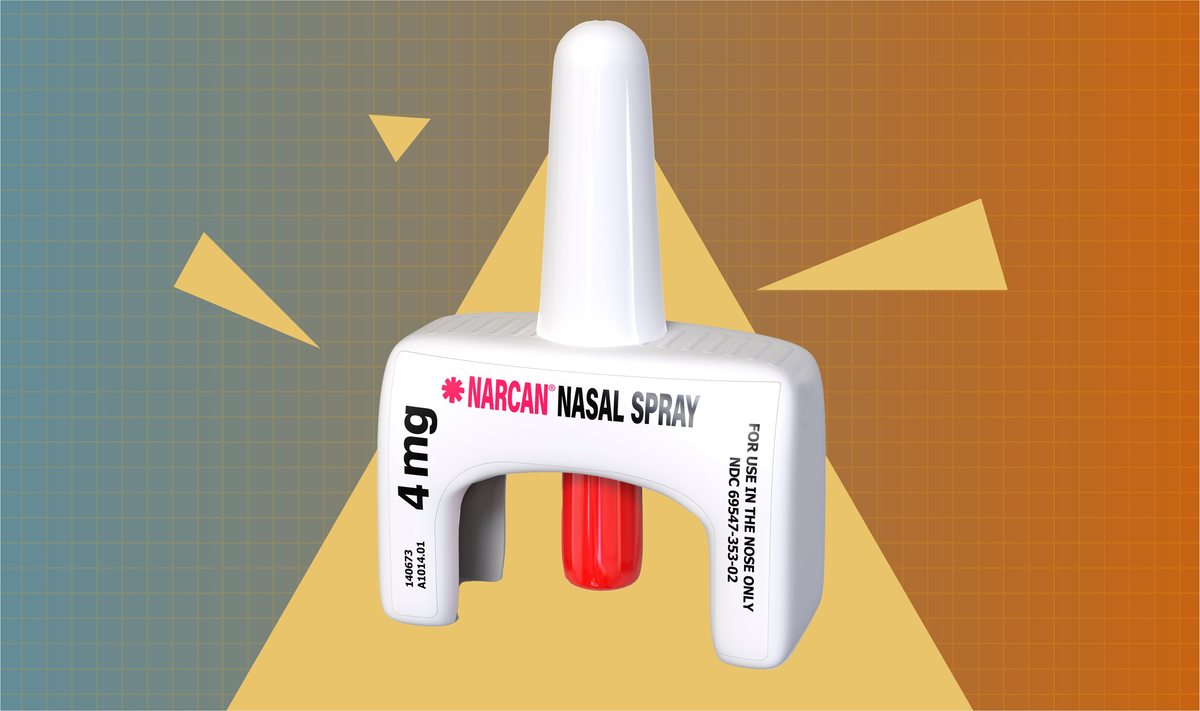Save a Life Day naloxone distribution garners mixed reactions nationwide
Debate around overdose prevention tools continued after the unveiling of a vending machine in Ohio.

Debate around overdose prevention tools continued after the unveiling of a vending machine in Ohio.
On September 25, articles and social media posts celebrated Save a Life Day, a nationwide effort to distribute free naloxone. While some commenters expressed support for free naloxone, others suggested that free treatment should be offered instead. Plus, a new vending machine in Ohio offering free naloxone and fentanyl test strips fueled more discussion about harm reduction, with some commenters expressing stigmatizing attitudes toward people who use drugs.
In light of these discussions, communicators may share information about naloxone and other overdose prevention tools and address addiction-related stigma.

Insights brought to you by the reporters and science writers of Public Good News (PGN), a nonprofit newsroom dedicated to improving community health.
What’s trending nationally in conversations about substance use
On September 25, organizations across the country participated in Save a Life Day, an annual effort to distribute free naloxone that has expanded since its first event in 2020. Social media posts across platforms shared information about local events for Save a Life Day, which overlapped with National Recovery Month, and some encouraged others to wear purple for overdose awareness. Some commenters applauded efforts to distribute free naloxone and acknowledged that an overdose can happen to anyone. Others expressed stigmatizing attitudes toward people who use drugs and falsely claimed that providing naloxone encourages drug use.
On September 27, an Ohio news outlet shared an article on Facebook about a new vending machine where people can access free naloxone and fentanyl test strips, as well as menstrual products, pregnancy tests, first aid kits, and hygiene items. The post received approximately 14,600 views, 320 reactions, 120 shares, and 150 comments as of October 1. While some commenters celebrated the inclusion of overdose prevention tools and correctly acknowledged that they save lives, others suggested that the vending machine would be supporting “the wrong people.”

Recommendations brought to you by the health communication experts behind Infodemiology.com.
Recommendations for public health professionals
Each week, the Infodemiology.com team will provide messaging recommendations in response to some of the trending narratives outlined above. These helpful tips can be used when creating content, updating web and FAQ pages, and developing strategy for messaging about substance use.
Conversations about naloxone (often sold under the brand name Narcan) provide an opportunity to explain that this lifesaving medication can reverse an opioid overdose and that it does not increase drug use. Rather, experts attribute the recent decline in overdose deaths to the availability of naloxone. Communicators may highlight that providing free naloxone helps prevent overdose deaths so that people with SUD can get treatment when they’re ready. Messaging may emphasize that an opioid overdose can happen to anyone, even those who are prescribed opioids by a doctor or people who consume other substances that may be unknowingly laced with fentanyl, so it’s important to carry naloxone and administer it any time an overdose is suspected.
In response to stigmatizing discussions about people with SUD, messaging may stress that SUD is a chronic medical condition like diabetes or heart disease that can happen to anyone and that harm reduction programs help people with SUD live healthier lives. Ensuring that all materials avoid stigmatizing language when discussing SUD is recommended.
